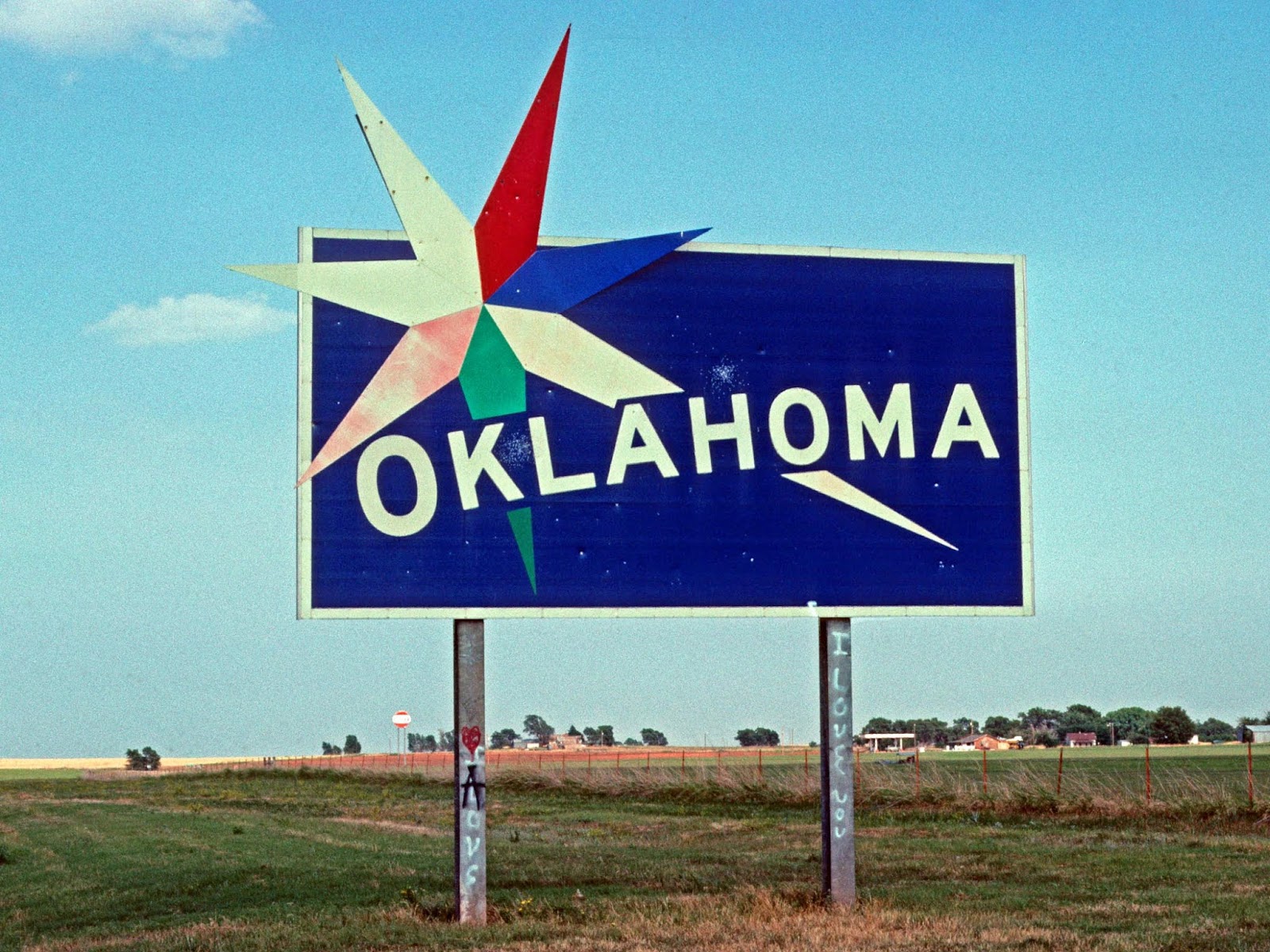What is the Difference Between a Golf Cart and LSV?
According to federal law, golf carts that were built to have a maximum speed limit of 20 miles per hour or less are not subjected to motor vehicle requirements. They only need to comply with the state and local legislations when it comes to the safety equipment. These are usually less rigid and easy to satisfy.
On the other hand, those that can go faster than 20 mph will be considered as motor vehicles under federal law. Safety standards call for LSVs to have headlamps, turn signals, stop lamps, tail lamps, reflectors, windshields, parking brakes, seatbelts, and a unique vehicle identification number. All of these will be checked at the DMV during registration.
What are the Golf Cart Laws for the State of Oklahoma?
If you live in Oklahoma, then you will have to be at least 16 years old to drive a golf cart. It is possible to drive one for those as young 12 but you would have to finish a golf cart safety education program or an equivalent exam. This ensures that you know vital information before operating the vehicle. Certificates are given upon completion. The original copy should be carried by the driver at all times while operating a golf cart.
Each local municipality will have its own guidelines when it comes to these vehicles so it would be best to check before driving on public roads. As for state highways, golf carts are only allowed if they are trying to cross in a perpendicular manner within a jurisdiction that allows the use of the vehicles. They may traverse roadways that have a speed limit that is less than 25 mph or those located in unincorporated areas.
Golf carts can only be operated while there is daylight. Due to their limited safety equipment, they cannot be used at night when the risk of accident is much higher. The roads should have signage that warns motorists about the presence of golf carts on the road. The duty to erect these fall on the board of county commissioners.
What are the LSV Laws in the State of Oklahoma?
Low speed vehicles are considered as standard motor vehicles. As such, the rules that apply to cars will also apply to them. These include the need for a valid driver’s license to operate an LSV. Oklahoma requires license applicants to bring an ID, the car title, a proof of insurance, and certain fees. Teens as young as 16 and a half can already apply for a full license if other requirements have been met. Applicants under 18 need their parent’s consent. The documents related to registration and insurance must be carried in the LSV while driving.
In order for an LSV to be street legal, it needs to reach speeds between 20 and 25 mph. It cannot be driven on a road that has a speed limit that exceeds 35 mph. It should have its own vehicle identification number. There must be seatbelts for all the designated seats to secure the passengers. Turn signals must be present at the front and the rear. There should be head lamps, stop lamps, and tail lamps. Reflex reflectors and exterior mirrors will also be checked.
A windshield is also vital as it will break the wind and keep the passengers comfortable. It will prevent the people inside from getting hit by rocks and debris. These vehicles must be equipped with a parking brake to ensure that they will remain motionless when at a stop.
Requirements for the Dept. of Motor Vehicles to Register a LSV
LSVs need to be registered at the DMV before being driven in public. In order for the office to entertain your application, you must show them a proof of insurance. This must have coverage for both personal injury protection and property damage liability.
Overall Summary
Oklahoma golf cart laws have specific provisions to guide residents about the use of these vehicles. They are clearly differentiated from LSVs in terms of specifications and requirements. Drivers should follow all relevant legislation to steer clear of all legal troubles and continue to operate their vehicle without worries.




